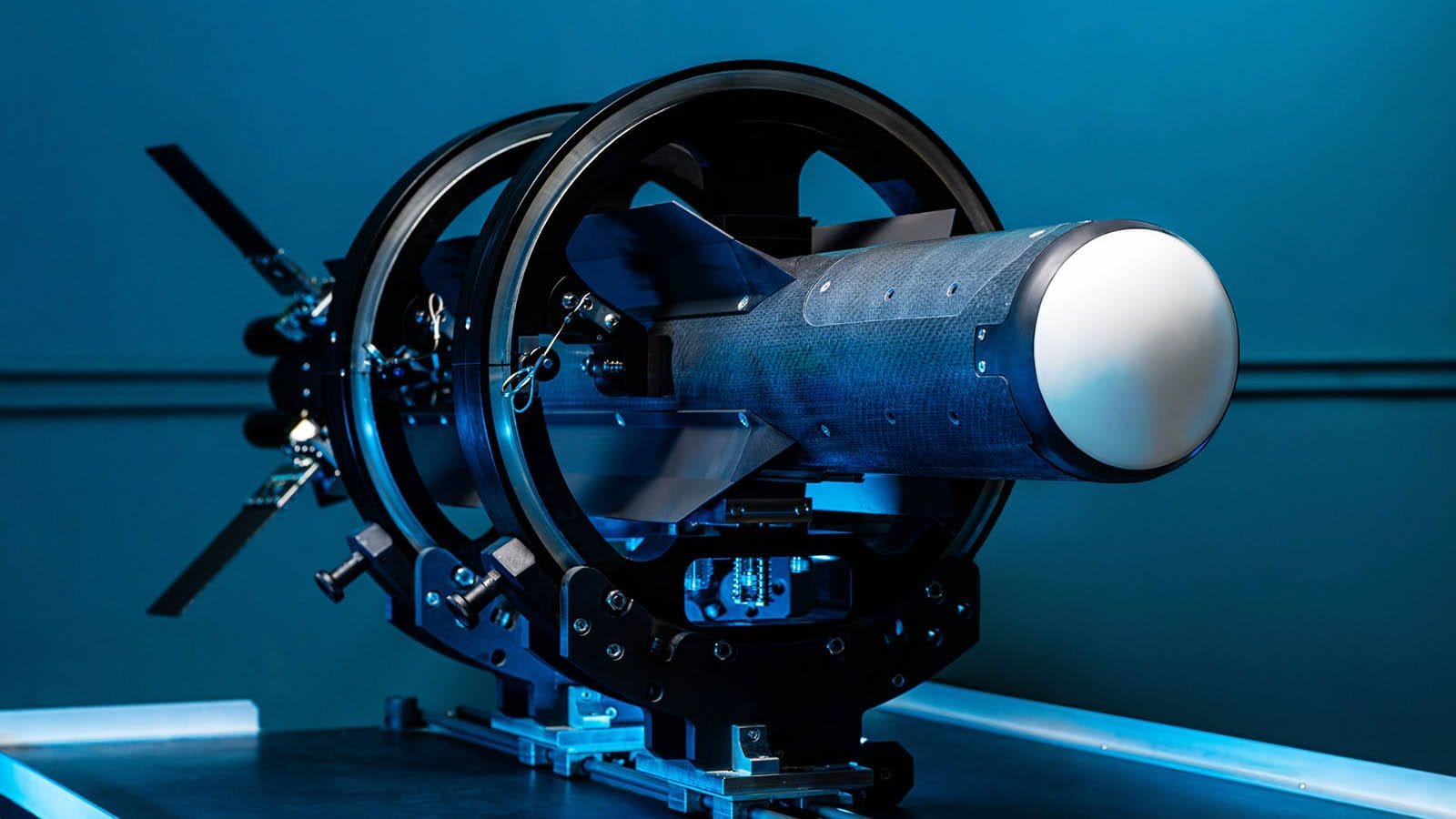
Pentagon Awards $5B deal to Raytheon for Coyote Drone İnterceptors
The Pentagon announced Monday that Raytheon has been awarded a $5.04 billion contract to supply the U.S. Army with its Coyote missile system, a combat-proven counter-drone weapon designed to intercept and destroy unmanned aerial threats, including drone swarms.
According to the Department of War, Raytheon Co. of Tucson, Arizona, was awarded a cost-plus-fixed-fee contract for the “Coyote Missile System – Fixed, Mobile Coyote Missile Launchers, Kinetic and Non-Kinetic Interceptors, and Ku-band radio frequency system radars.” The total contract amount is $5,039,629,681.
Bids were solicited online, with one proposal received, the Pentagon said. Work locations and funding will be determined with each order, and the estimated completion date is September 28, 2033. The Army Contracting Command at Redstone Arsenal, Alabama, is overseeing the contracting activity under contract number W31P4Q-25-D-0013.
The Coyote system is a small, rail-launched missile equipped with a boost rocket motor and turbine engine, enabling it to engage high-speed targets over extended ranges and altitudes. Designed to counter unmanned aircraft systems (UAS) and support launched effects (LE) missions, the system has become a key part of the U.S. military’s expanding counter-drone arsenal.
Raytheon describes the Coyote effector as “combat-proven,” emphasizing its versatility and affordability. Small and expendable, Coyote missiles are capable of defeating a wide range of threats, from single drones to coordinated swarms, while maintaining rapid engagement timelines to neutralize multiple targets simultaneously.
The system is available in both kinetic and non-kinetic variants, allowing operators to select appropriate engagement methods based on mission needs. Kinetic variants intercept targets with direct impact, while non-kinetic systems use electronic effects or other means to disrupt or disable hostile drones without physical contact.
The Coyote system has already been deployed in operational environments and is part of a broader U.S. military effort to develop scalable, integrated defenses against drones. Its ability to engage targets at longer ranges and higher altitudes than many comparable systems provides commanders with increased flexibility and protection against evolving aerial threats.

